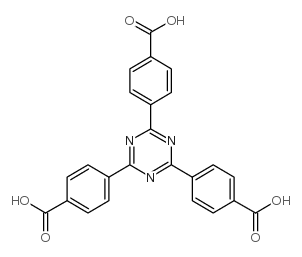| 结构式 | 名称/CAS号 | 全部文献 |
|---|---|---|
 |
2,4,6-三(4-羧基苯基)-1,3,5-三嗪
CAS:61414-16-2 |
| 结构式 | 名称/CAS号 | 全部文献 |
|---|---|---|
 |
2,4,6-三(4-羧基苯基)-1,3,5-三嗪
CAS:61414-16-2 |